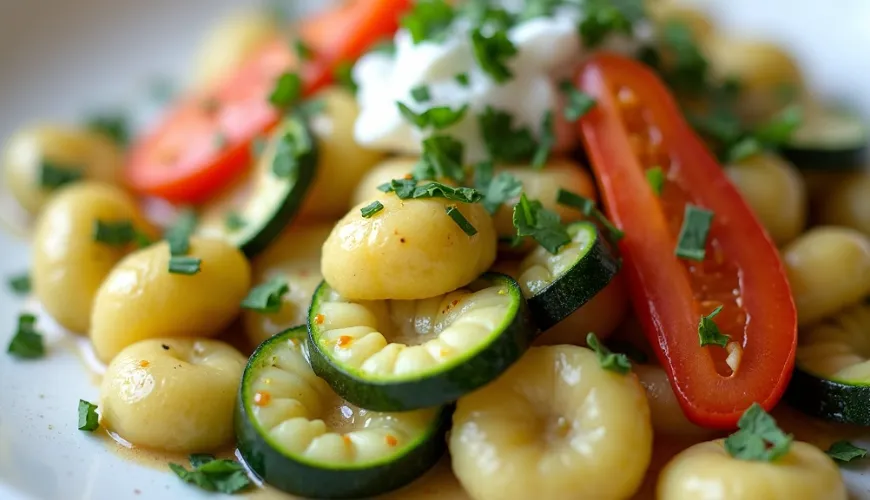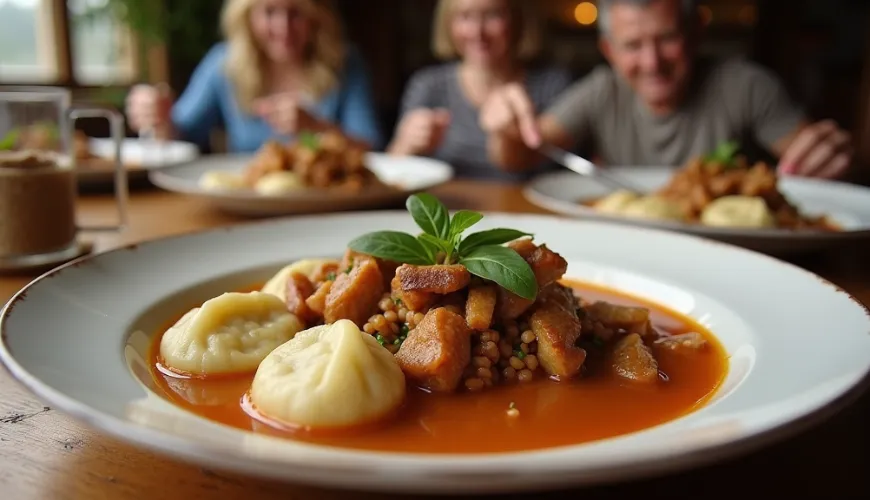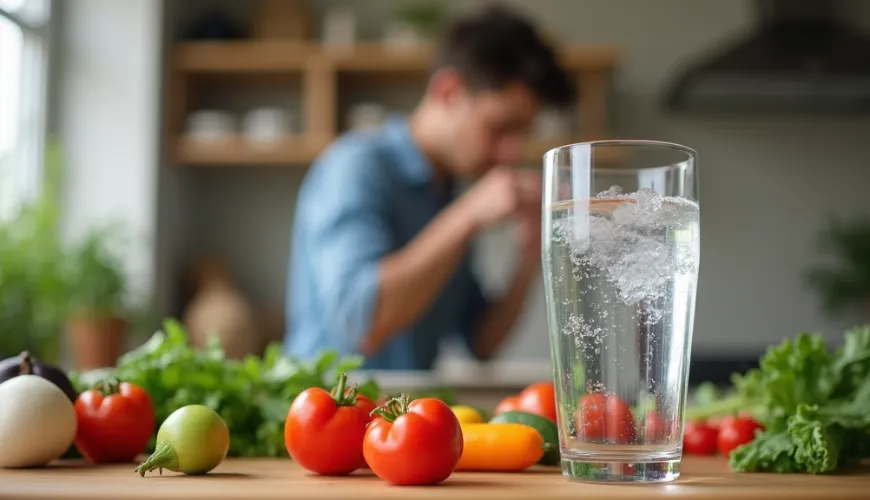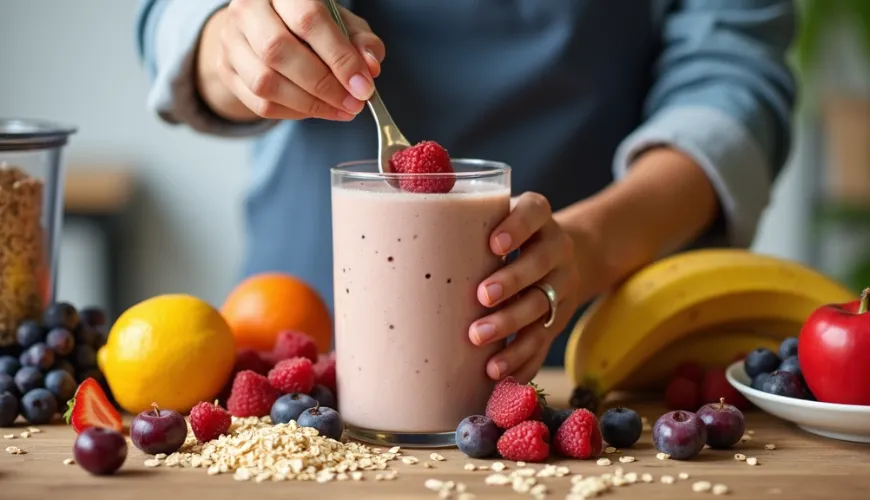
Discover how to prepare the perfect perkelt and surprise your loved ones

Perkelt - the Soul of Hungarian Cuisine, Scented with Home
The aroma of paprika, onions, and meat slowly simmered in a rich sauce—perkelt is one of those dishes that can instantly transport someone to a cozy country kitchen, no matter where they are. This traditional dish originally from Hungary has found its way not only into the hearts of locals but also into the kitchens of Central Europe, where it has become a staple of Sunday lunches. Although often confused with goulash, perkelt has its own distinct identity. Whether you prepare chicken perkelt, pork perkelt, or a version with beef or lamb, one thing is certain—it's a dish that requires time, patience, and quality ingredients.
Roots and Characteristics of Perkelt
Perkelt (in Hungarian "pörkölt") originated as a dish of shepherds and villagers who primarily had access to meat, onions, lard, and paprika—typical ingredients for the Hungarian countryside. The foundation of the dish is stewing meat on an onion base with red paprika, and unlike goulash, no potatoes are added, and the sauce is usually thicker. In some regions, perkelt is traditionally thickened only by long cooking, while in others, flour or cream may be used, but these are more regional variations.
In the Czech context, the term "perkelt" is often confused with "paprikáš", which differs in that it commonly includes sour cream. In contrast, Hungarian perkelt is simpler yet more flavorful. The traditional recipe is built on three basic pillars: meat, paprika, and onions. The simplicity of the ingredients allows each flavor to stand out.
Chicken or Pork? Perkelt Has Many Forms
Although perkelt originally used beef or lamb, today the most popular versions are chicken perkelt and pork perkelt. Both variations offer a different taste profile—chicken is lighter, milder, and quicker to prepare, while pork better absorbs the smoky flavor of the paprika and makes for a richer sauce.
In the Slovak countryside, for example, it's not uncommon for perkelt to be made from homemade pork leg, stewed with onions, garlic, and sweet paprika, served with dumplings or homemade noodles. Conversely, in Hungary, it's common to serve chicken pieces with tarhonya—small pasta similar to couscous, cooked in broth. Each region has its own way of making perkelt an authentic dish according to local customs.
Interestingly, even vegetarian versions of perkelt are making their way onto the tables of modern households. In these, meat is replaced with mushrooms, chickpeas, or smoked tofu, and the result is surprisingly delicious. The flavor profile mainly relies on paprika, onions, and long cooking—factors that the vegetarian alternative does not disrupt.
How to Prepare Authentic Hungarian Perkelt
To ensure the result is truly authentic, it's essential to choose the right ingredients. The key to excellent perkelt is quality Hungarian sweet paprika, which is distinct, mildly smoky, and completely different from the regular paprika sold in stores. If you want to elevate the dish, a small pinch of hot paprika is recommended to enhance the flavor.
The foundation of a good recipe is the slow sautéing of onions until golden, adding paprika (which must not burn, or it will become bitter), and then quickly searing the meat. It's better to replace water with broth, which adds depth to the sauce. A large amount of onions is used—sometimes in a 1:1 ratio with the meat, ensuring natural thickening without the need for flour.
Simple Recipe for Pork Perkelt:
- 600 g pork leg
- 3 large onions
- 2 tablespoons of lard or vegetable oil
- 2 tablespoons of sweet Hungarian paprika
- 1 teaspoon of hot paprika (optional)
- 3 cloves of garlic
- Salt, pepper to taste
- Broth or water as needed
On heated lard, slowly fry the onions until golden. Then add ground paprika and garlic, and quickly add diced meat to prevent the paprika from burning. Sear the meat briefly, season with salt and pepper, and cover with broth so that it's just submerged. Simmer over low heat with a lid until the meat is tender and the sauce has a thick consistency. It's most commonly served with bread dumplings, dumplings, or tarhonya.
Perkelt as Part of Sustainable Cooking
It may not seem so at first glance, but perkelt can be an excellent example of a sustainable approach to eating. This is because it's a dish that stems from available ingredients and respects seasonality. Onions, garlic, paprika—these ingredients are available all year round, and if the meat is sourced from quality, ideally local, farms, perkelt becomes a low-carbon-footprint meal.
Moreover, it can be excellently prepared in larger quantities, meaning less cooking waste and less energy consumption. Leftover perkelt tastes even better the next day—just like goulash, as flavors meld and intensify. Properly stored in the fridge or frozen, perkelt becomes an ideal meal even on hectic days when there is no time to cook.
The Culture Around One Pot
Perkelt also has a cultural dimension that transcends the ingredients. In Hungary, it's common for its preparation to precede a social gathering—families come together, prepare everything collectively, and then enjoy the meal among loved ones. It is not just a dish but a ritual associated with hospitality, sharing, and calm. In many homes, the preparation of perkelt is tied to Sundays, celebrations, or visits.
One might recall similar moments from the Czech setting—Sunday lunches at grandma's house, where a pot of something fragrant was slowly simmering on the stove, and the kitchen was filled with the mixed aroma of onions and spices. Perkelt can evoke these memories, even though it originates from another part of Europe.
As the Hungarian writer Mór Jókai said: "In food, as in life, true value is hidden in simplicity." And perkelt perfectly embodies this—a simple dish with the power to warm both body and soul.
Today, as more people turn to home cooking, traditional recipes, and a more sustainable lifestyle, perkelt has once again found its place in the spotlight. Whether you prefer the chicken, pork, or even vegetarian version, one thing remains the same—every spoonful of this dish carries a piece of history and home.

